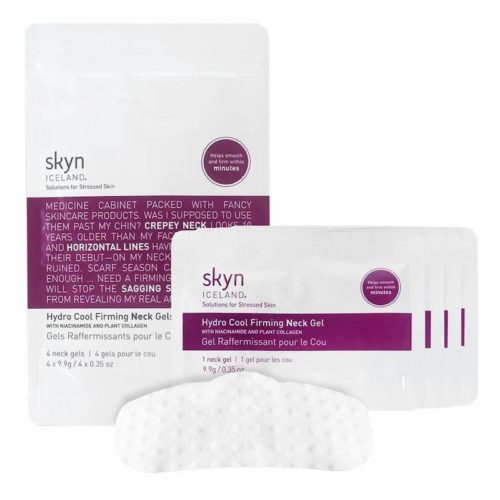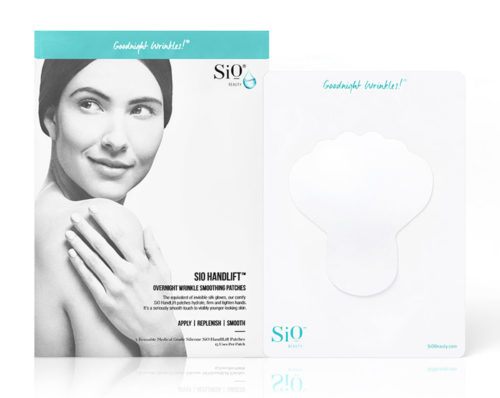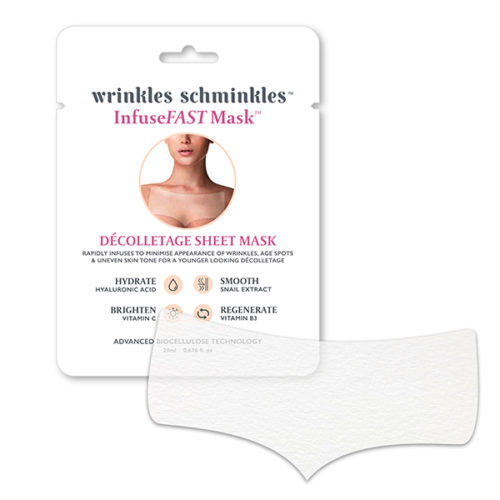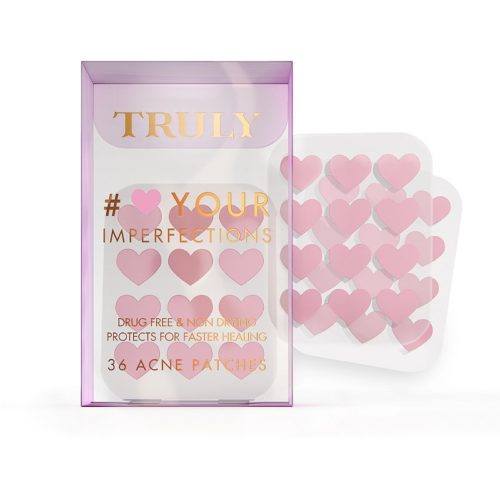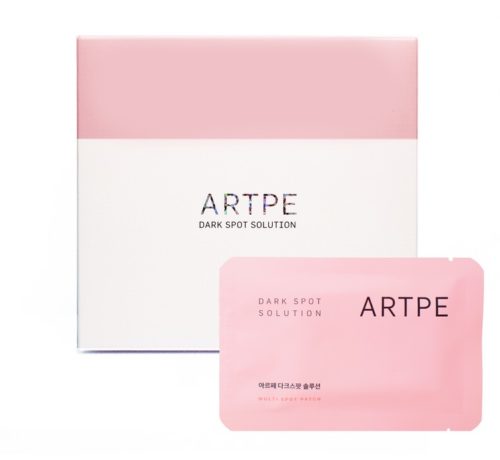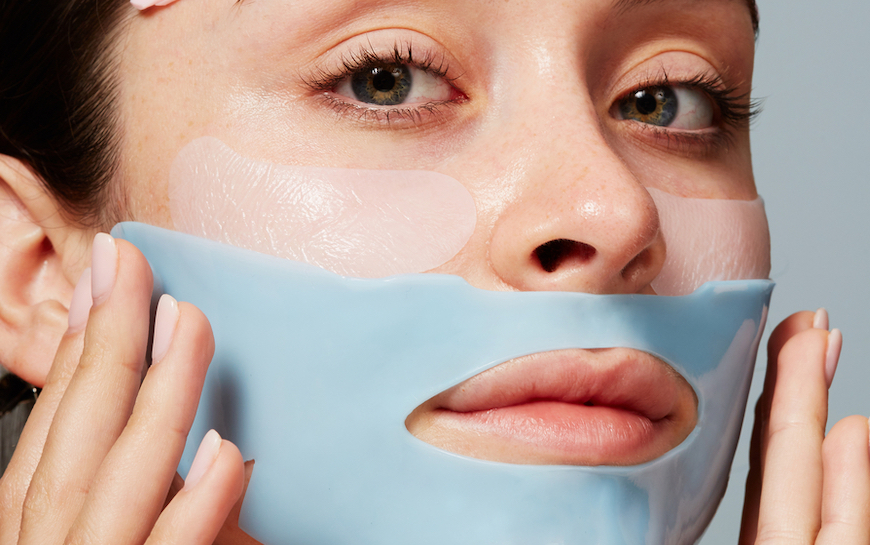
February 22, 2020 at 02:00PM by CWC
First came the pimple patch. In the early days, these were made exclusively of hydrocolloid, a material that dates back to the 1970s and is celebrated for its ability to form an occlusive barrier over skin, while drawing pus and gunk from deep within pores. At its advent, it became a novel way to treat breakouts without having to slather on ointments and serums. Fast forward to years later, and now facial skin patches are a common way to help to deal with skin concerns aplenty, including dark spots, fine lines, and yes, pimples.
On beauty shelves now, you can find patches that use microneedling technology to deliver active ingredients deeper into the skin, fight dark spots, give skin-smoothing benefits to other body parts, and even patches that proudly display the fact that you’ve got a pimple (rather than just blur it on the sly). New York-based board-certified dermatologist Marnie Nussbaum, MD, is a fan of patches because they’re “very user-friendly” and give your skin a targeted, pre-measured dose of an active ingredient right to the spot in question.
ADVERTISEMENT
ADVERTISEMENTKate Spade Autumn/Winter Sale |
Keep scrolling for the low-down on this new generation of skin patches that you can pop on for healthier, happier skin.
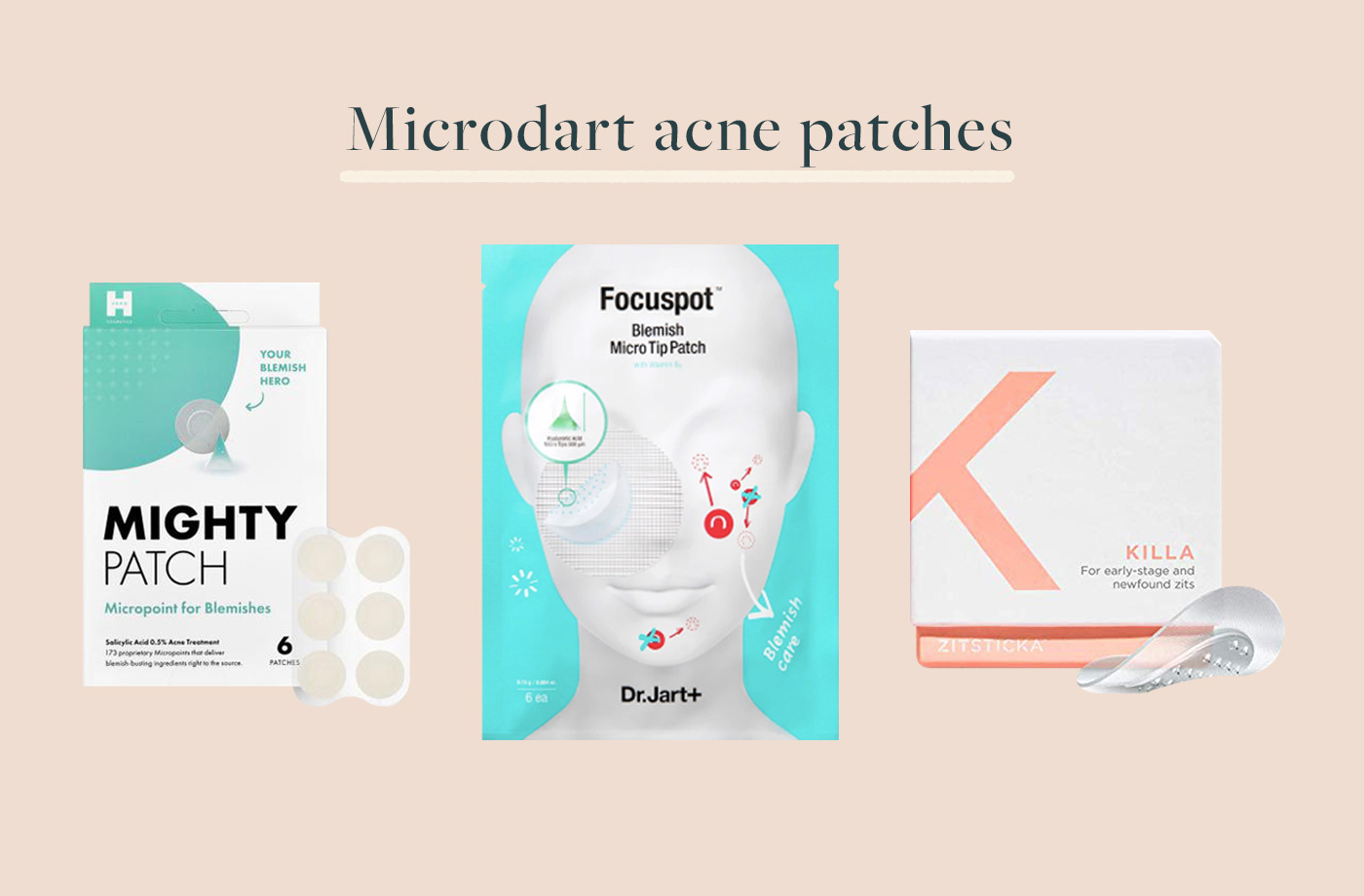
Microdart acne patches
Microdart-style patches have teeny, tiny dissolvable “darts” that work like microneedling to deliver acne-fighting or dark spot-brightening active ingredients beneath the skin’s surface. Jennifer Chwalek, MD, a board-certified dermatologist with Union Square Laser Dermatology, says that some studies have shown that these patches are ample to “improve transdermal drug delivery,” which could help the active ingredients in your acne treatment penetrate the skin better.
Best uses: You know that first tingling sensation that tells you that a pimple is brewing? Slap on a microdart acne patch, which is also good for smaller pimples, or even your monthly breakouts. “[Microdart] pimple patches may be more effective when applied in the early stages of pimple formation,” says Dr. Nussbaum. Since you’re sending something like salicylic acid deep into the skin, this can keep a pimple from even rearing its head (if you catch it in time). With hormonal acne, she recommends using these to “defuse the breakout.”
ADVERTISEMENT |
Shop
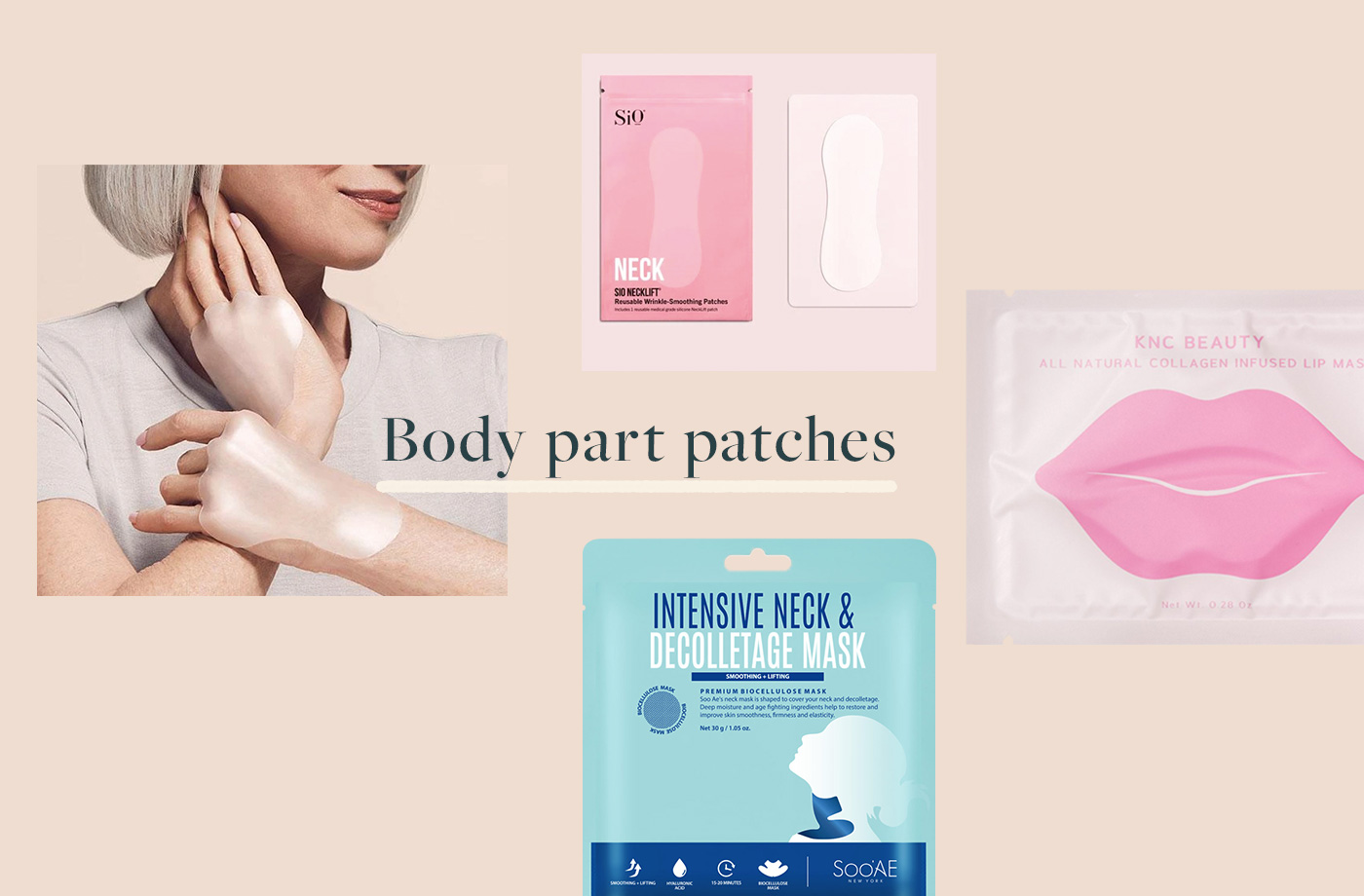
Body part patches
You can find patches that are meant for skin below the neck—like the décolletage, hands, and lips—which work to deliver a targeted dose of skin-boosting ingredients. “Transdermal patches function similarly to masks, but can provide a more targeted treatment often with less mess,” says Dr. Nussbaum. “Certain areas may need a little extra TLC, and patches can be a great way to give them that.” This is the case with the more fragile, thin areas of skin such as around the eye and lip areas, which Dr. Nussbaum says have “little to no sebaceous glands to help moisturize the skin.”
Best uses: For an extra dose of hydration or for firming. Brands, like SioBeauty for instance, use 100-percent medical-grade silicone, which Dr. Chwalek says hydrates and plumps the skin by creating an occlusive barrier. This traps moisture and the patch works to smooth your skin out. Other body patches (those that aren’t all silicone) will typically have hydrating and skin-protecting ingredients like hyaluronic acid, peptides, and niacinamide.
Shop
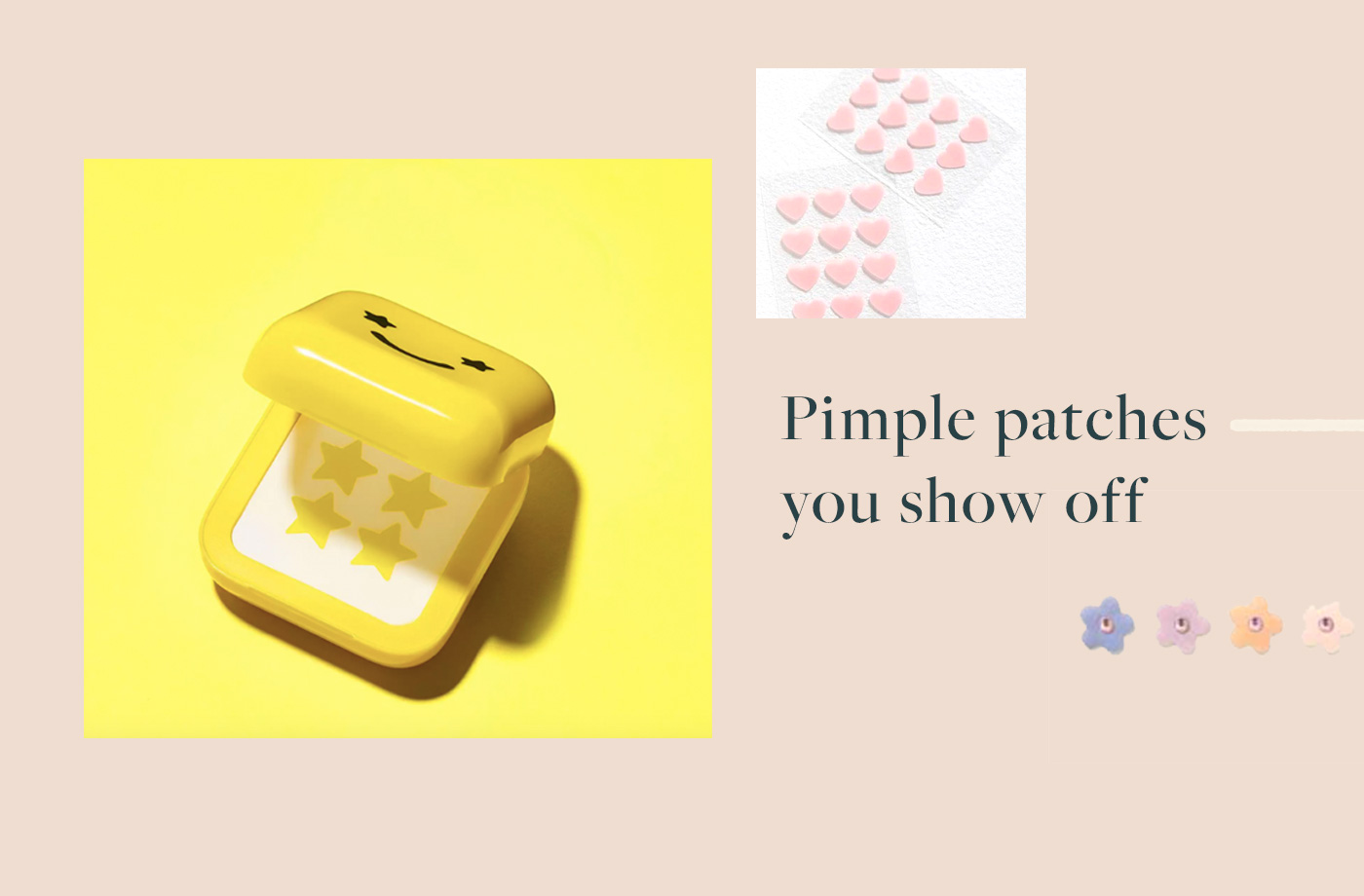
Pimple patches you show off
Not all pimple patches simply blur away a zit. These days, a breakout is a cause to use your complexion as a canvas for bright stars, flowers, and hearts, made of OG hydrocolloid materials. “These products are helping to de-stigmatize acne, which is a very common skin concern that you shouldn’t be embarrassed about,” says Dr. Nussbaum. Dr. Chwalek’s also a fan, noting that these patches turn what used to be considered a “flaw” into a “beauty mark,” stripping away the stigma.
Best uses: When you’ve got a whitehead or a freshly brewing pimple, or just want to cover your zit as it heals (and look cute while doing so). Like regular hydrocolloid pimple patches, these are also useful in preventing you from picking your skin.
Shop
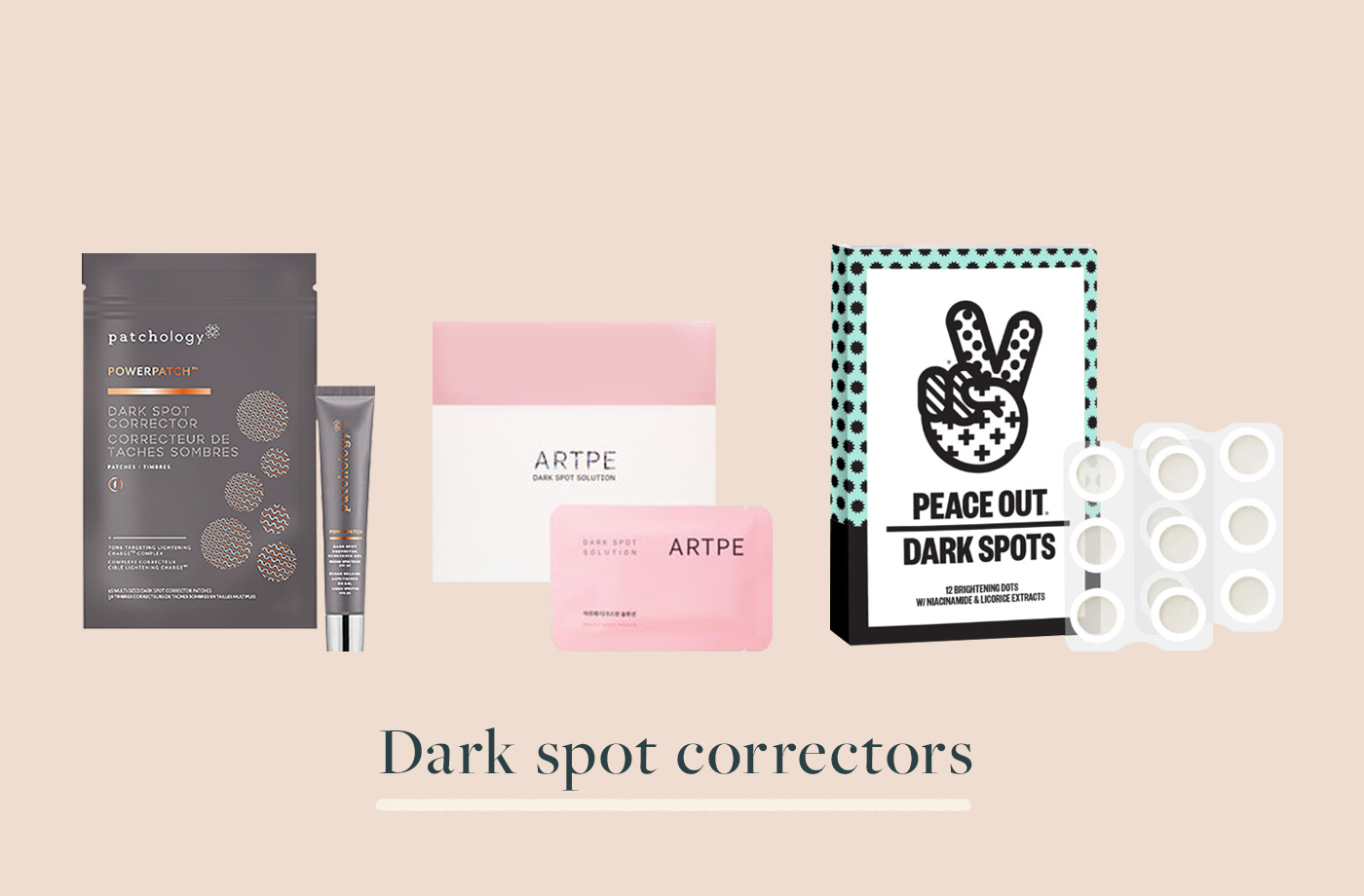
Dark spot correctors
Aside from acne, there are now skin patches that are formulated specifically to diminish dark spots like post-inflammatory pigmentation or hyperpigmentation that’s left over from a zit. These look like pimple patches, but contain dark spot-fighting ingredients like licorice root extract, niacinamide, and tranexamic acid, which are also sometimes delivered via a microdart-style patch. “Dark spot-correcting patches can be beneficial in delivering proven brightening ingredients to a targeted treatment area,” says Dr. Nussbaum.
Best uses: For post-inflammatory hyperpigmentation or dark spots that occur after skin irritation, these can help brighten things up. But if you’ve got chronic dark spots or melasma, Dr. Nussbaum notes that in-office laser resurfacing treatments (like Fraxel or Clear + Brilliant) or more potent prescription creams would be a better bet.
Shop
Besides these patches, you could reach for one of these dermatologist-recommended spot treatments for acne. And here’s your guide to hormonal acne and how to treat it.
Author Rachel Lapidos | Well and Good
Selected by CWC

ADVERTISEMENT
ADVERTISEMENTUp to 30% off Gift Sets |












